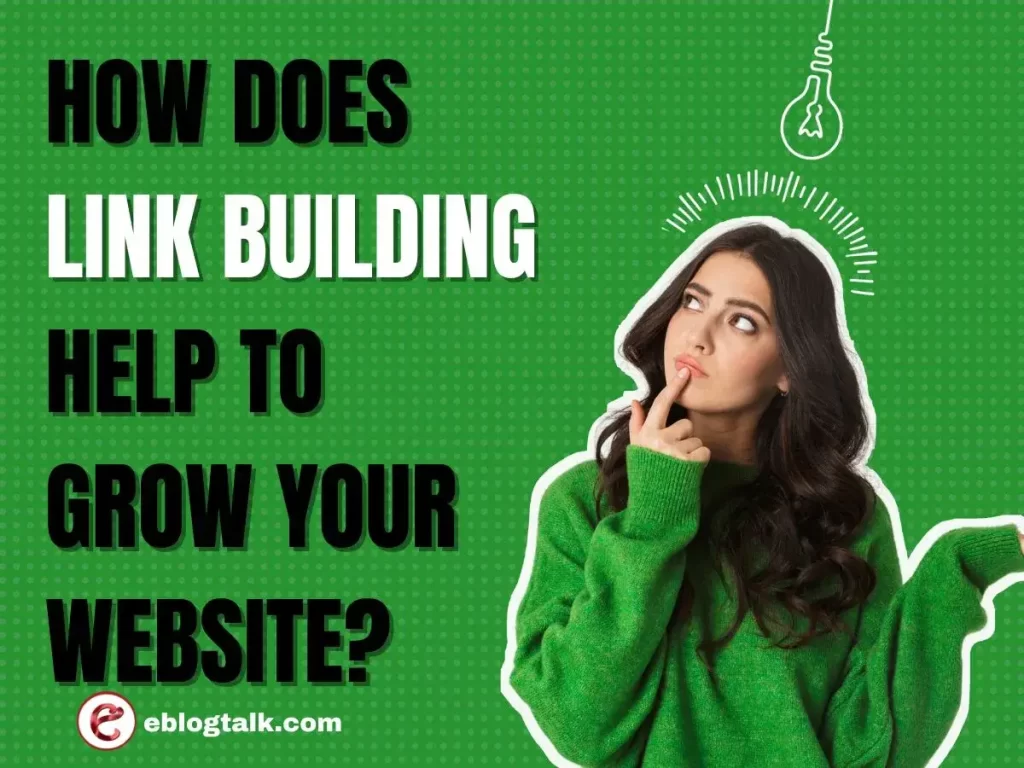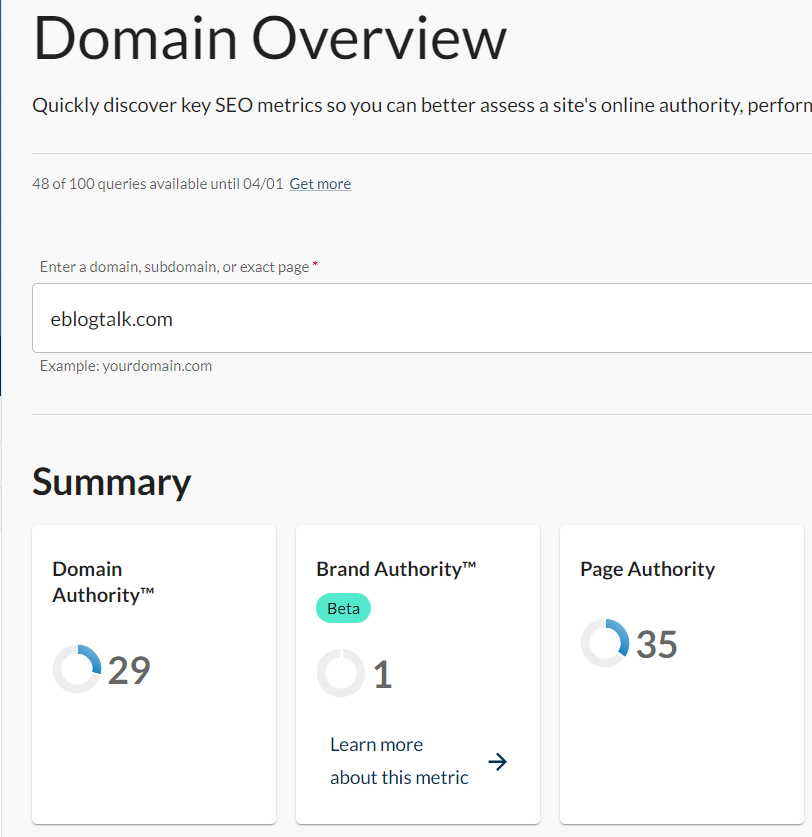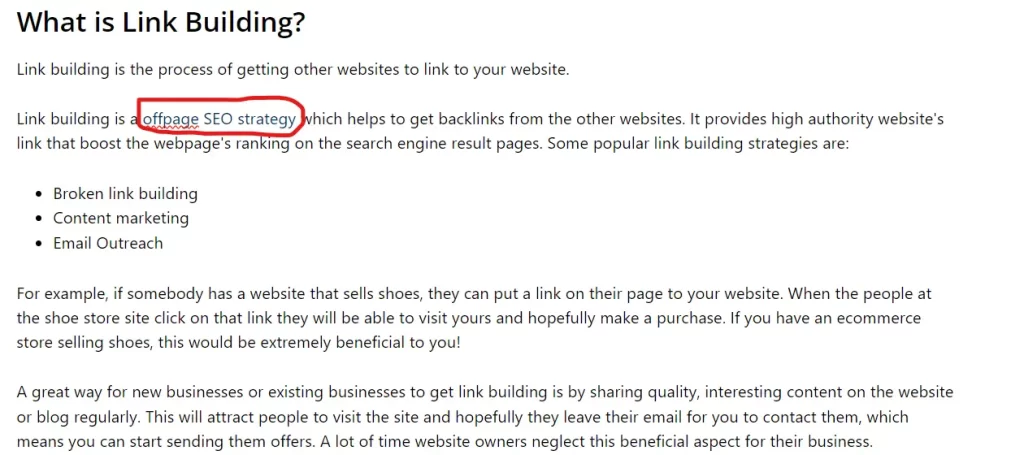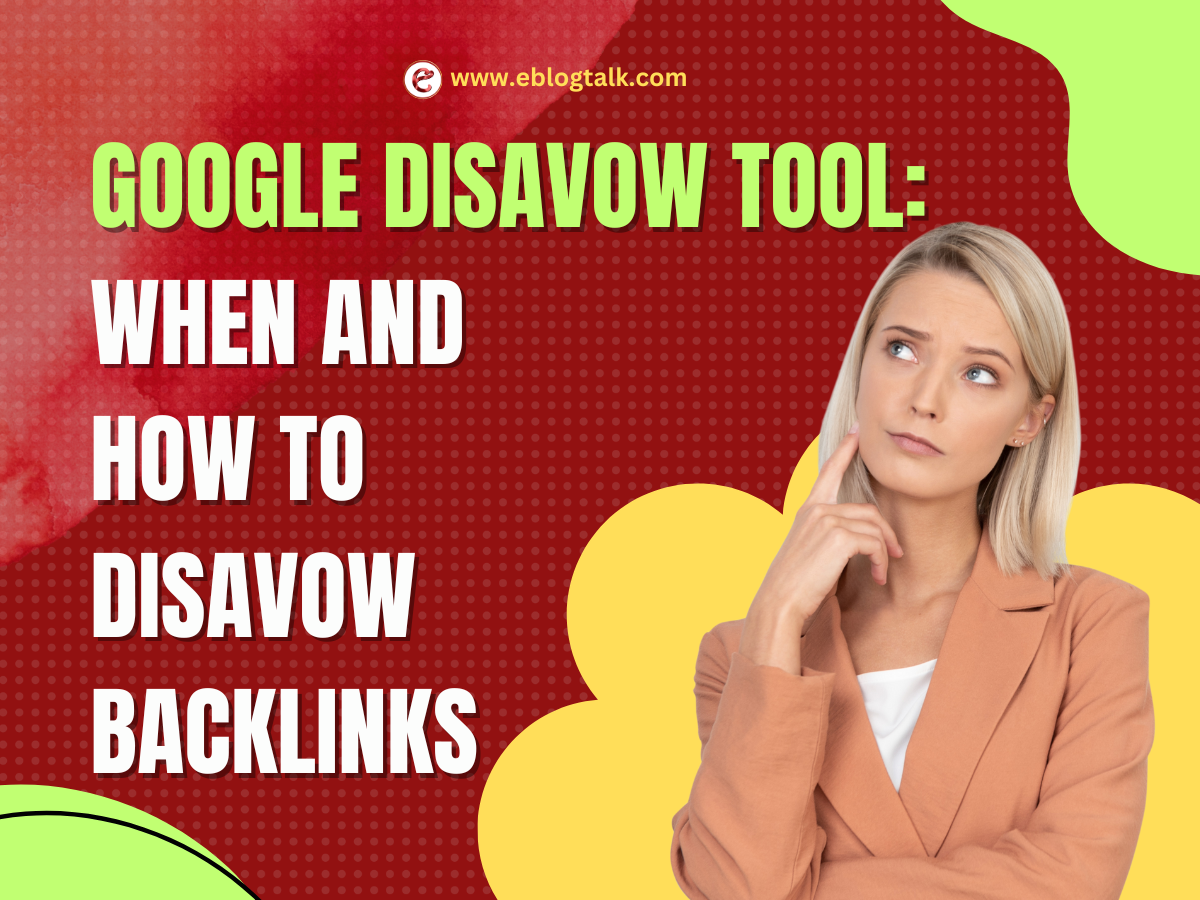What is Link Building?
Link building is getting other websites to link to your website.
Link building is an off-page SEO strategy that helps get backlinks from other websites. It provides high-authority website links that boost the webpage’s ranking on the search engine result pages. Some popular link-building strategies are:
- Broken link building
- Content marketing
- Email Outreach
For example, if somebody has a website that sells shoes, they can link their page to your website. When the people at the shoe store site click on that link, they can visit yours and hopefully make a purchase. If you have an ecommerce store selling shoes, this would be highly beneficial to you!
An excellent way for new businesses or existing businesses to get link-building is by sharing quality, engaging content on the website or blog regularly. It will attract people to visit the site, and hopefully, they leave their email for you to contact them, which means you can start sending them offers. Often, website owners neglect this beneficial aspect of their business.
What are the benefits of Link Building?
Link building has many benefits for your website, such as:
- It helps to increase traffic. If more people can access your website via a link through another site, you’ll get more visitors, sales or traffic.
- It increases the search engine rankings of your site. It means that if someone is looking for something on google, your site may appear at the top of the search.
- Your business will also look more credible and trustworthy for potential customers.
How to build Links on another websites?

1. Ask for Links: You can ask other websites to link to:
- Blog Posts
- EBooks
- Infographics
- case studies
2. Add Links: You can manually add links to another website. Some of the examples are:
- Social Media Profile
- Profile submissions
- Blog commenting
- Classified Submission
Manually adding links on the other websites is the easiest and least effective way to build backlinks on your website. The search engine doesn’t give them weightage to build authority. Because You have not earned and asked for these links, and you have made these links by yourself. These links won’t help you much even won’t hurt you.
3. Earn Links: Other websites give you the link without asking them that comes under earn links. You get these links only and only with the help of high-quality content by always considering the user’s needs in mind. You get these backlinks as a resource and read further.
Some of the content people want to link to:
- Guides
- Tutorials
- Infographics
- Data and research
What makes a high quality backlinks?
It is essential to know what makes high-quality backlinks. Accordingly. You can focus on building links that will help in ranking higher. How to identify the high-quality links:
1. Authority
Authority refers to the weightage of the website; the higher the score, the more weightage of its high-quality backlinks. Hence, the link from the high-authority website is more authentic and valuable which helps in the website ranking.
You can analyze the authority by SEO Tools such as Moz, Ahrefs, and SEMrush.
Find the screenshot of the eblogtalk’s domain authority by Moz tool.

2. Relevance
Relevancy means the links from other websites are also from a similar niche. For example, If you have a website with an SEO topic and have reached the link from another niche, like an ecommerce site. It might not boost your website ranking. That’s why seeking links from websites in your niche is more effective. The more relevant the link to your content, the better it is for your SEO.
3. Placement
Link placement means where the link is on the webpage, either on the central body part, footer, or sidebar. It is a good backlink if it is within the main body. Google even has a patent about this, looking at the chances people click a link based on where it is. The higher on the webpage, the more authority that link is.
The links in sidebars, footers, and low on a page might not be as valuable as those higher up in the central part of the page.
For example, Look at the link placement on the off-page SEO strategy, which is higher on the webpage. It has more chance to click on this link than the footer.

4. Anchor Text
Anchor text is a link on the webpage that helps the users and search engines identify what this link is all about. So, Choosing anchor text that is more relevant to the link is good. For example, The anchor text “Offpage SEO strategy” tells the search engine that this link is all about the offpage strategy. While generic anchors such as “visit” or “click here” are not helpful.

5. Nofollow vs. Follow
“Nofollow” is an attribute that tells search engines not to follow the link. The nofollow links are used when site owners want to link to another site but don’t want to support them. You can find the nofollow tag in the page’s source code, and the nofollow attribute looks like:
<a href=”https://eblogtalk.com” rel=”nofollow”>SEO Tips</a>
Generally, nofollow links don’t pass link juice but provide referral traffic and brand recognition to the website.
Follow regular links without any attributes and pass the link juice to the website, which helps improve the ranking. The do follow link looks like this:
<a href=”https://eblogtalk.com”>SEO Tips</a>
Moreover, other than nofollow, there are two other attributes that site owners can use:
- rel=”sponsored” used for sponsorships, ads, or other agreements.
- rel=”UGC” for user-generated content, like forum posts and comments.
All attributes have their meaning and are treated as hints for search engines.
What are the best Backlink Building Strategies?
Here are some best effective link-building strategies:
1. Outreach: Outreach is one link-building strategy in which you must ask for the other websites’ backlinks. Because people can’t give the backlinks on their own. Even the best product needs promotion to increase its visibility among users.
It is essential for improving your site’s authority and visibility in search engine results. Effective outreach strategies often include relationship-building, personalized communication, and offering value to potential linking websites.
2. Broken Link Building: It is a way to find the broken links on other websites in your similar niche. And then recommend them to link instead. It is helpful for both your website and others because no one wants to send users to broken pages.
So, start working on finding the broken links on your competitor’s website.
3. Examine Competitor Backlinks: This technique is about adopting competitors’ link-building strategies, such as which type of content they create and who is linking in a similar niche.
Please look at the competitor’s top pages, word count, format, and everything from your side. For example:
- What are they writing about?
- Is it long long-form or short-form article?
- Do they use infographics, GIFs, images, embeds, and how often are they using them in an article?
These are some of the essential things you can care about because they should guide the strategy of your content.
4. Reclaim Lost Backlinks: Sometimes, you have noticed that you have lost links to your website. There are many reasons for this:
- Removed from that linking page
- Linking Websites don’t exist
- The linking page doesn’t exist
- Linking page redirected to another page
Now, you can ask the website owner to reclaim that lost link. It is easier to get these links than to create new links.
You can use tools such as Ahrefs, Semrush, Moz, and others available to find lost links.
5. Backlink Gap Analysis: It is a great technique to analyze competitor websites where they link, but you are not. The backlinks owners provide links to your competitors, then you can also get the backlinks from those websites. It will also be a positive point if you create better content than your competitors.
FAQs About Link Building For SEO
1. What is a link building in SEO?
Link building is a offpage strategy that help get backlinks from the other websites to your site.
2. What are offpage SEO strategies?
Some of the offpage SEO strategies are Social Media Profile
Profile submissions
Blog commenting
Classified Submission
Directory Submission
Guest posting
Best Web Hosting Services Comparison
We spent hours reviewing different web hosting services. You can check out our comparison guide here.
- Bluehost Reviews 2024: Drag Drop Page builder for beginners
- Hostinger Review 2024: Affordable Hosting Service
- SiteGround Review 2024: Uptime above 98.99%
- HostGator Review 2024: Best for small business
- Dreamhost Review 2024: Best Price
- A2Hosting Review 2024: Most dependable web hosting for European and Asian audiences
- WP Engine Review 2024: Ease to Use
- Kinsta Review 2024: Fantastic uptime
- GreenGeeks Review 2024: Easy to use, Fast, and Super Secure
- InMotion Hosting Review 2024: Best Price, 99.9% Uptime time
- Godaddy Hosting Review 2024: Easy to Use








